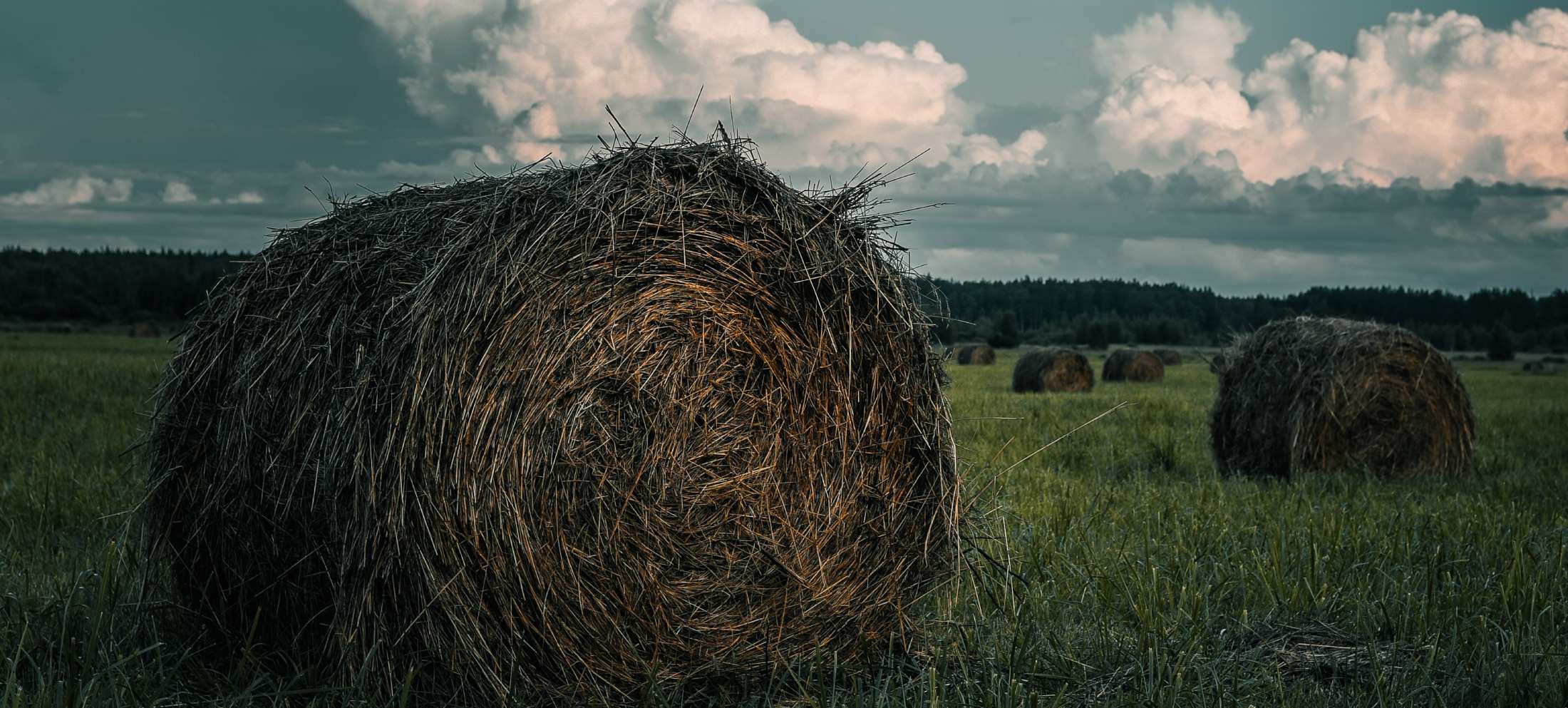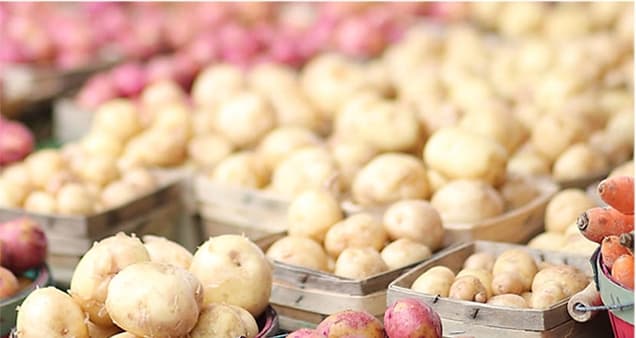Spring may seem far away with the recent winter storms, but now is a good time to be thinking about which hay fields could use a little boost or how many pasture paddocks could be improved to help stretch the grazing season a little further. It won’t be long before you start seeing some farmers out on an ATV or a tractor and a broadcast spreader making some passes back and forth on a hayfield or pasture as the snow starts receding. Have you ever thought about what they are doing? There is a very good chance they have adopted frost seeding as part of their forage management practices.
Frost seeding is the process of broadcasting seed on fields in late winter and early spring when the ground freezes at night and thaws during the day. The repeated thawing and freezing action help to work the new seed into the soil. Frost seeding can be done over a thin layer of snow as the moisture from melting snow and spring rains help the seed germinate and rejuvenate an aging forage stand. However, rapid snow melt or heavy rain can cause the seed to be washed away before it has had a chance to fall into soil cracks and germinate.
Part of the popularity of frost seeding is its ease of implementation and low cost. It’s also a great way to improve fields that are too rough or hilly to be worked by conventional tillage that would otherwise be at risk of soil erosion. Producers simply buy the seed, broadcast the seed and that’s it. There is no spraying, tillage, picking rock (nobody likes that job), or loss of production for a season due to re-seeding. If all goes well, the end result can be almost as good as a new seeding at a fraction of the time and fuel costs.
In addition, there are other environmental benefits to frost seeding. Incorporating legumes adds nitrogen fixing capabilities to the sod, reducing the need to purchase as much commercial nitrogen fertilizer. While frost seeding may not always be as effective a strategy to rejuvenate a pasture or hayfield as ploughing and cultivation, the ability to establish new plants into an undisturbed sod has many additional soil health benefits. When the soil is left undisturbed, beneficial soil organisms can maintain their communities creating a healthy soil biome that is important for nutrient cycling and suppressing plant diseases. As soil organic matter improves, so does the soil’s internal structure and its ability to retain moisture and keep carbon in the soil.
Legumes traditionally have worked best for frost seeding due to their seed shape. Clovers, trefoil and alfalfa are the legumes most used in frost seeding, but various grasses, e.g. orchardgrass, fescue and Italian ryegrass are becoming more popular in recent years as seed mixes with legumes.
Who can predict what the spring will be like? Unfortunately, no one can (sorry Shubenacadie Sam). Dry spring conditions will discourage seed germination and the frost seeding results may not be as good as anticipated in a few seasons, but the potential benefit of a rejuvenated forage stand for the relatively low investment of seed cost and time make it a worthwhile activity more often than not. Still not convinced? Try frost seeding on a small scale. In a pasture situation, take a couple of similar paddocks and frost seed one and then compare the two plots over the next year or two. Similarly, in a forage field, frost seed half of it and compare the differences over time.
There is a new AEP factsheet, Improving Pastures and Forages by Overseeding Legumes. For this and other factsheets, check out the resources section of our new EFP website: https://nsefp.ca/publications-fact-sheets/. For more information on seed mixes and rates, contact Shane Wood, Forages Specialist at Perennia – shanewood@perennia.ca or discuss seed mix options and availability with your local seed rep or farm store.



